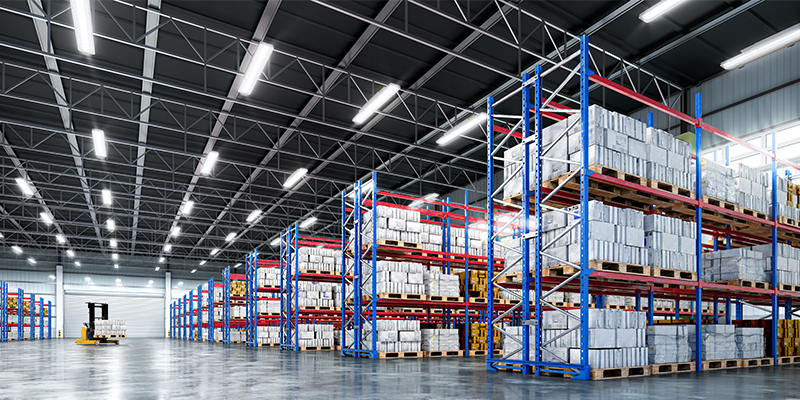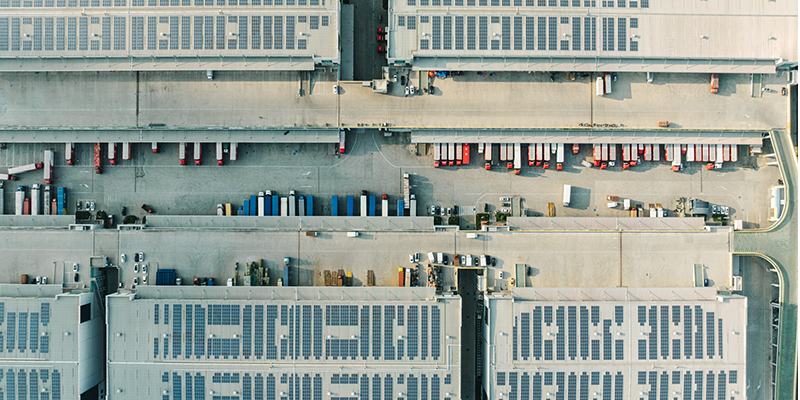By Brielle Scott
At I.CON West this week in Los Angeles, panelists discussed critical questions and the external forces that could shape the industrial capital markets in the next 12-24 months. Mike Kendall, vice chair, investment services, Colliers, moderated a panel that included Jeremy Giles, managing partner, Constellation Real Estate Partners; Darren Kenney, head of capital deployment, West region, Prologis; and Brent Steele, chief investment officer, Logistics Property Company.
Key points from their conversation are highlighted below.
How have the planned and/or threatened tariffs impacted your investment decisions and markets where you plan to invest?
“We don’t really know what the tariff situation is going to be, and there’s a lot of unease around what’s going to happen with the current administration,” said Kenney. “In normal times, coming out of China, you have 10 containers from one of our largest customers; that same customer is doing two or three right now,” he said. That translates to a wait-and-see game on the investment side.
Prologis recently entered the market in Vancouver – the company’s first investment in a market that isn’t port centric. “There’s very strong urban infill nature to that Canadian market, so while we don’t necessarily know what’s going to happen, we’re still an investor in a market that could be significantly impacted,” Kenney said.
“El Paso [Texas], is effectively built for international trade as I’m sure many people in the room know, but there’s this symbiotic relationship between Mexico and El Paso,” said Giles. “Product is crossing back and forth constantly, and I think one of the things that gets lost in the discussion a lot is the complexity of supply chains.”
“We’re big believers that in the medium- and long-term, the Mexico-U.S. relationship will be there,” he added. “What we try to do now is to be ready. So that means slowing down the actual project – making sure it’s designed, it’s permitted, it’s ready to go, because there’s definitely pent-up demand and as soon there is a little bit of clarity, we’re ready to go.”
Leasing has slowed across the country, though it varies by market. How have leasing fundamentals impacted your investment approach?
“No big surprise to everyone in this room that the Inland Empire is experiencing some pain right now,” said Steele. This area of Southern California was the largest beneficiary of rent growth during the COVID-19 pandemic, and now the pendulum is swinging in the other direction.
“I think a lot of us in this room would agree that we all feel good about the long-term demand drivers. We are seeing booming activity in select markets like Atlanta, and that ties back a little bit to the tariff discussion. We are seeing some user needs that are on more of the manufacturing side. I don’t think that onshoring and manufacturing are going to be a panacea across the whole U.S. It’s going to be very targeted, where certain markets will benefit. Atlanta has been strong for us, and we continue to see opportunities there both in the short-term and long-term in the overall Southeast market, which continues to see good population growth,” Steele said.
It’s tough to paint with a broad brush, several panelists pointed out. Variances exist by submarket, size segmentation and other factors.
“We’re seeing gross activity up a little bit,” said Kenney. “I think the sentiment is stronger than it was a quarter ago, but the sense of urgency really isn’t there. We still think we’ve got a couple quarters to go before we see a bottom.” Despite that, Kenney called industrial and logistics a “formidable asset class” and said Prologis forecasts stronger growth rates starting in 2027 or 2028.
How has your underwriting changed in the last three or six months?
“I don’t know if it’s necessarily changed. I think the market dynamics are pretty fluid,” said Kenney. “Everybody underwrites a little differently, but if I had to put it into some framework, core underwriting has probably come in for us a little bit.
“It all depends on where you start, but let’s call it 25 or 50 basis points off maybe where it was nine or 12 months ago. So, if we were at 8, maybe we’re 7.5 now, and that is very specific on an asset class – I’m referring to modern Class A when I say that 7.5.”
What are you seeing as far as global capital’s perception of U.S. logistics? Has it changed or gotten better or worse in the last six months?
Global capital has identified that industrial/logistics is a sector that they want to be part of, said Steele.
“Back in the day, office was 35% of a global portfolio and logistics was maybe 10% to 15%,” he pointed out. “That’s flipped on its head.”
While there’s a little bit of over-allocation, there are still a lot of groups internationally that have very limited U.S. exposure, Steele said. “They’re looking to make dents, so there’s still room to run there.”
Another part of industrial’s appeal to global investors is that it is a much more efficient utilization of their capital.
“I would agree. It’s still viewed as the safe haven, good use of our money and value preservation versus creation,” added Kendall.

This post is brought to you by JLL, the social media and conference blog sponsor of NAIOP’s I.CON West 2025. Learn more about JLL at www.us.jll.com or www.jll.ca.








